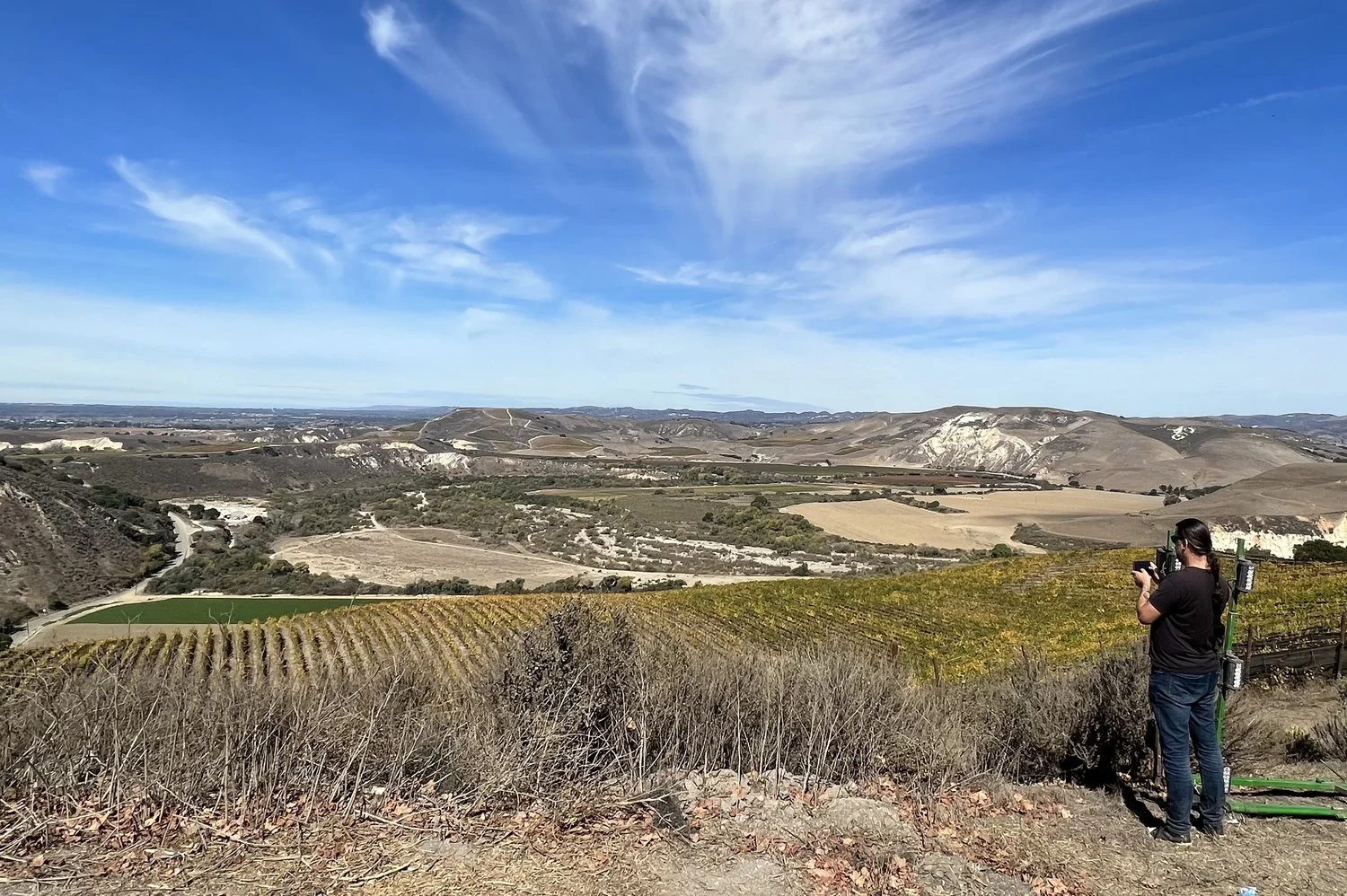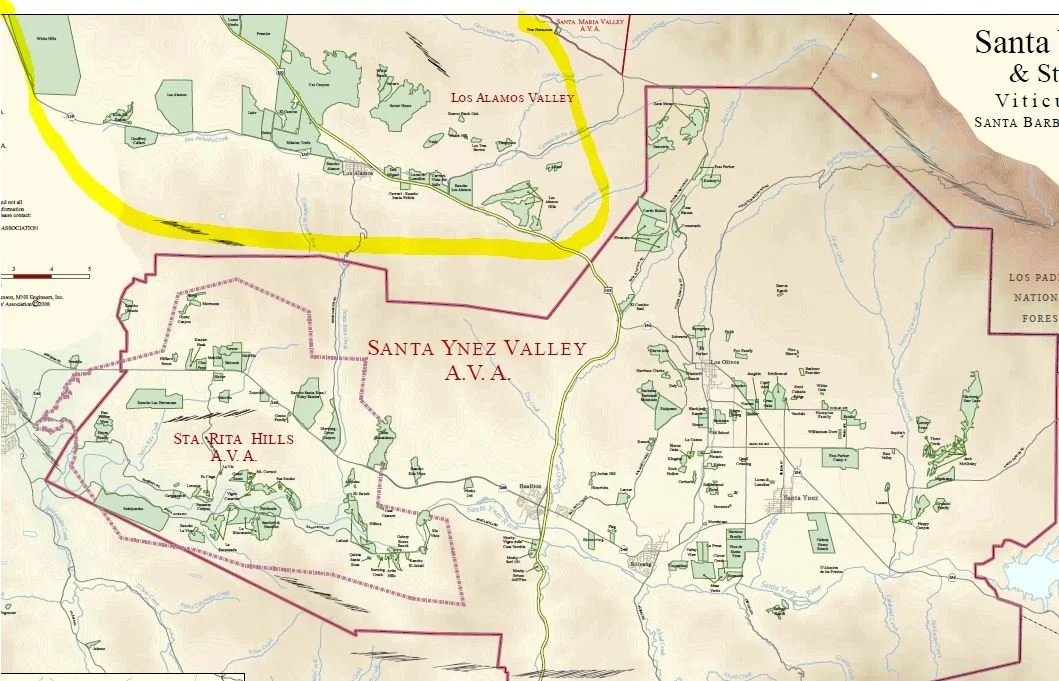When I first started in retail (circa 2007), there was a whiskey called Black Maple Hill Kentucky Bourbon that sold for about $35. The quality was always pretty good—bottled by Willett for an operation out of San Carlos, CA called CVI that now purchases whiskey from Oregon—but it wasn’t so much the quality of the juice that connected with consumers as much as it was the bottle. In an era where budding Bourbon drinkers were inspired by history, prohibition, and the idea of bootlegging, the vintage-looking BMH label captured that drinking ideal perfectly. It encapsulated the romance of everything whiskey drinkers wanted, even if the eventual hype surrounding the brand didn’t equate to the whiskey itself.
Last month, when I met with the team from Frank August Bourbon, I knew I had just uncovered this era’s version of Black Maple Hill. There's a generational divide that has taken place over the last few years that really separates the whiskey lovers from 10-15 years ago from the newer aficionados who are driving the business today; namely, their obsession with authenticity and the association of Kentucky Bourbon as a quintessentially blue collar drink. By design and intent, Frank August is a modern interpretation of what today’s newer Bourbon drinkers are looking for: a super classy bottle, a heavy stopper, even a back label that peels off cleanly so that the text doesn't disrupt the architecture and look of the decanter. It speaks clearly to the more prestige-driven intentions of today’s Instagram-friendly consumer.
The new Frank August 100 Proof Small Batch Bourbon is a ten-plus barrel marriage of Kentucky-distilled juice that does not come from Castle & Key or the Bardstown Bourbon Company. As their CEO and co-founder Johnathan Crocker said to me a few weeks back: "It's also not Willett-distilled,” in response to my question on the source, ”but my first call on this project was to my longtime friend Drew Kulsveen, so that should give you an idea as to the quality of our distilling partner," hinting at Willett’s sourcing connections in Kentucky. The juice is about four and a half years old, and from my limited tasting experience I thought it was delicious. Far, far better than the old Black Maple Hill.
That being said, I've been looking forward to writing about the Frank August whiskey more so because of the dichotomy in what it represents, and its presage as to where we're headed. Napa and Bordeaux have stood on this same precipice: trapped between a desire to hold onto humble roots, yet understanding the life-changing potential of premium-ization and an economic boom. Having Drew Kulsveen as a friend and advisor is a huge advantage because if there's one company out there that knows how to navigate that treacherous chasm, it's Willett. Their track record with premium releases over the last two years is spotless, easily raking in $300+ from purple top fanboys who can't wait to hand over their money, despite the price increases.
The Frank August bottle is gorgeous. It makes for a beautiful sight on top of any bar. The whiskey is inarguably good. However, the potential for this whiskey as a conversation piece is far more interesting to me than any of those factors. Bourbon has become America's national drink of choice for more than just working class Kentuckians. From Silicon Valley, to Hollywood, to Wall Street, to five star resorts in just about any city between our coasts, there's a fever for high-end Bourbon that never ceases. It's that same fever that drove the team from Frank August to create the brand in the first place.
Much like the Black Maple Hill bottle captured the romance of the last generation's whiskey ideals, I think the Frank August bottle does the same for the modern drinker. Like I said before, I'd drink the Frank August over the old Black Maple Hill recipe any day of the week and twice on Sundays. It's rich, integrated, and seamless on the palate, polished in a way that few new NDP products are. More importantly, like Black Maple once did, I think Frank August is poised to become a bellwether; a changing of the guard in terms of customer desires. Are we ready to trade in the old timey Kentucky label for the sleek, polished, and modern interpretation of that same small batch ideal? The team at Frank August is betting that plenty of Bourbon-loving Americans are ready to do just that.
The first batch is here at Mission. Will it become this generation's Black Maple Hill? I'm curious to find out.
-David Driscoll












